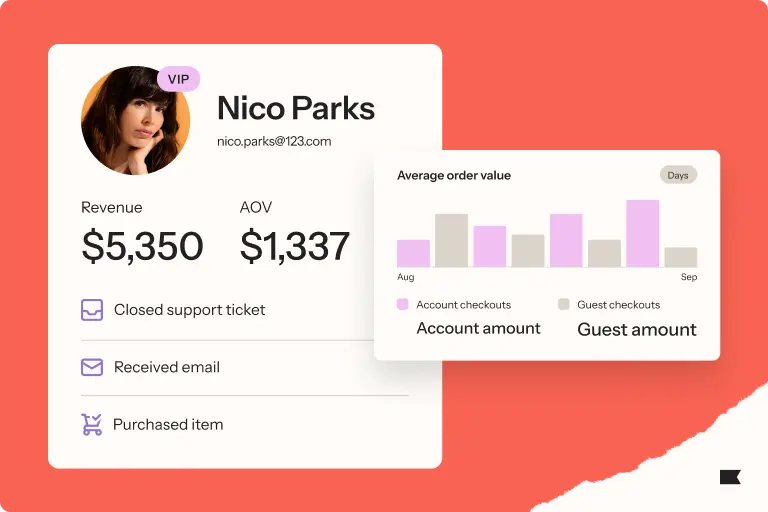Introducing our new integrations development framework

More integrations faster than ever with the Integrations Generation Framework (IGF)
At Klaviyo, our mission is to help businesses harness their data to power smarter digital relationships with their customers. While Klaviyo generates tons of valuable data through email, SMS, push, and reviews metrics, plus predictive analytics and robust onsite tracking, a significant portion of essential data comes from external sources. Integrating these third-party systems with Klaviyo has always been crucial for our customers. It’s what makes us different — the more data you have in Klaviyo, the stronger your personalization, segmentation, and analytics are, and as a result, you can build stronger relationships with your customers.
Building integrations has been a core priority for us since day 1, and with help from our growing ecosystem, we now have over 350+ pre-built integrations. And we’re not slowing down.
To keep our foot on the gas, we’ve made significant infrastructure investments to address the historically time-consuming and complex integration development process.
Let’s dive in to learn more.
The challenges of building individual integrations
Every integration was unique, created manually with custom code for each component to ensure performance, reliability, and correctness. This bespoke approach meant that developing an integration could take a team of internal developers up to six months.
The opportunity to streamline workflows at scale
Inspired by John Adams’ belief that “every problem is an opportunity in disguise,” we saw a chance to revolutionize our integration process. Many integrations shared common features, such as authentication methods, data extraction and transformation, and a consistent frontend UI. By identifying these similarities, we realized we could create a framework that streamlined the entire process.
Introducing the Integrations Generation Framework (IGF)
IGF is our internal framework designed to simplify and accelerate the development of integrations. By eliminating redundant boilerplate code and allowing integration creators to configure unique actions declaratively, IGF reuses the bulk of code across integrations while requiring minimal customization for mapping external data to Klaviyo’s API models.
To dive into all of the technical details, check out our engineering blog, where our own R&D team goes into the weeds on all things IGF.
IGF success story: Intercom
Our first integration built with IGF was Intercom. By leveraging IGF, we reduced the development time by over three months compared to previous integrations. That’s a 43% reduction in our average time-to-build, to be exact. This time opens capacity for our team to build more integrations and impactful features across our infrastructure.
The Intercom integration allows our customers to sync their Intercom contacts and interaction data with Klaviyo, enhancing their marketing efforts without the hassle of manual data exports.
Looking ahead — increased velocity for Klaviyo and our ecosystem
The success of the Intercom integration is just the beginning. We plan to build many more Klaviyo-owned integrations across different categories and verticals.
Perhaps most exciting, we also plan to open IGF to third-party developers in the future. This will enable external developers to create both inbound and outbound integrations with Klaviyo more efficiently, democratizing the integration process at scale.

Related content

Klaviyo welcomes Chano Fernández as Co-CEO to help accelerate global growth and lead the next era of AI-powered customer experiences.

Discover how cross-channel marketing and the rise of SMS shaped BFCM 2025. Learn why email + text orchestration drove record engagement, efficiency, and revenue.

AOV stayed strong during BFCM 2025 despite rising prices. Learn why average order values held steady, what drove pricing power, and how brands can protect margins.